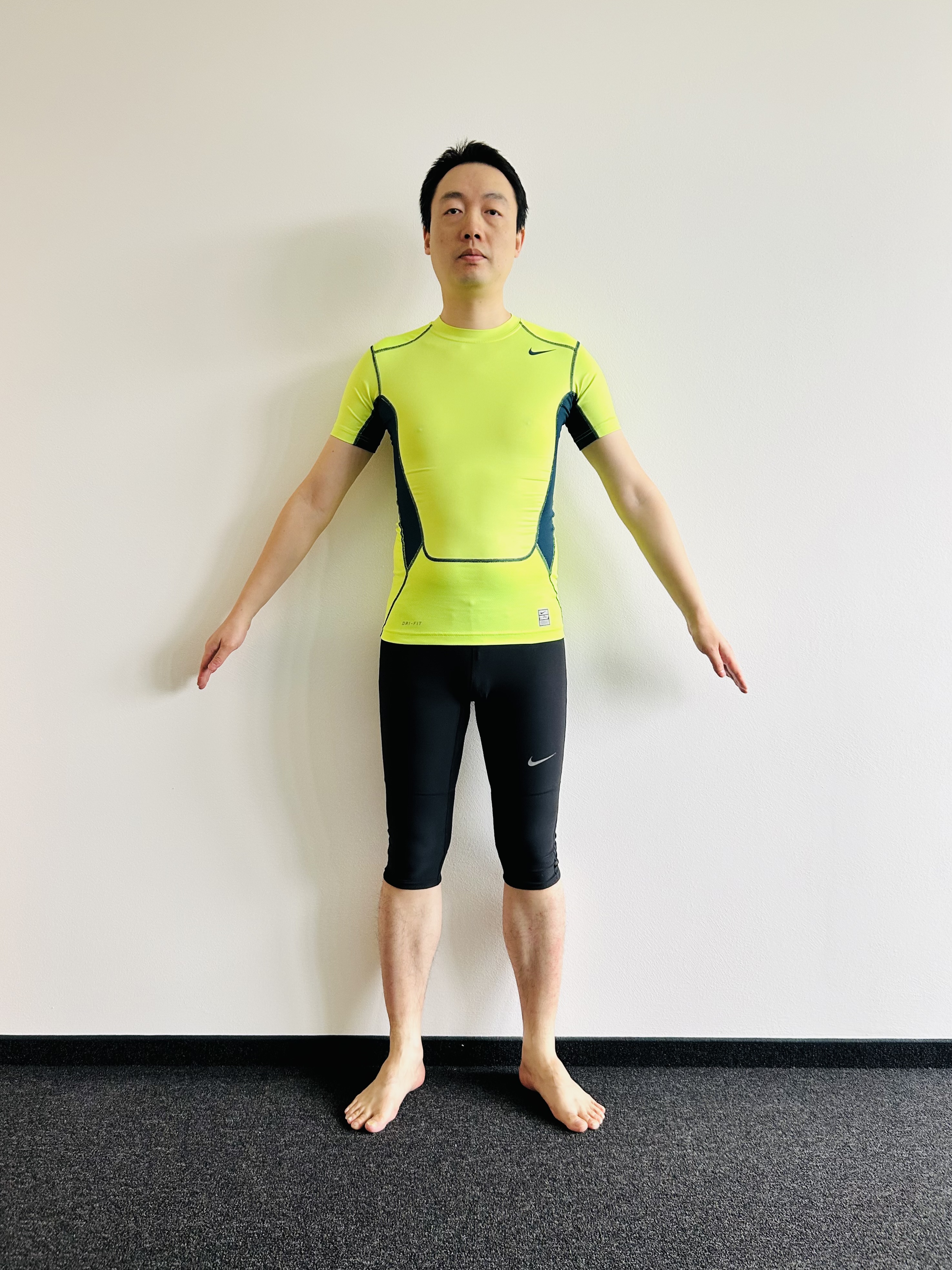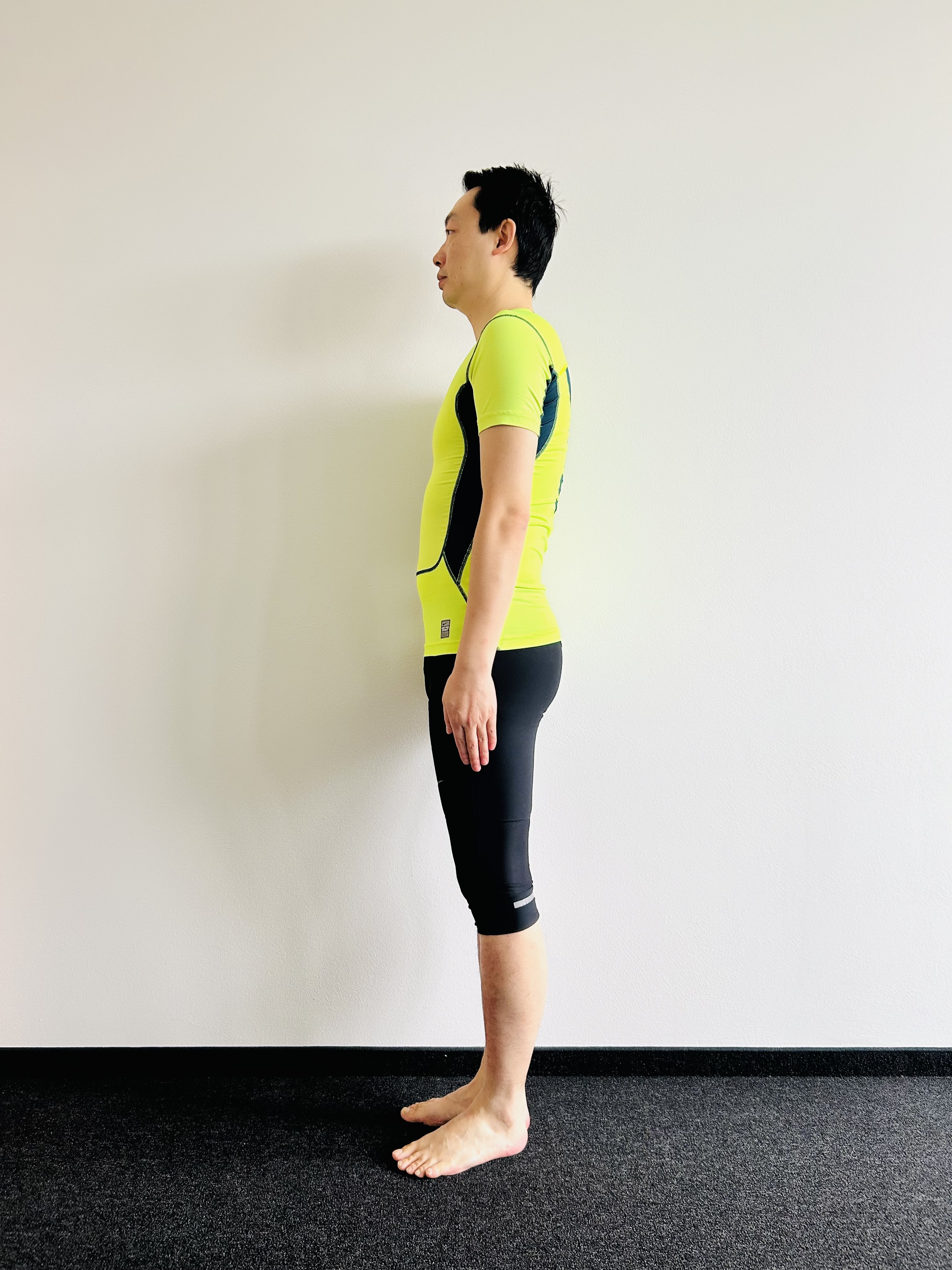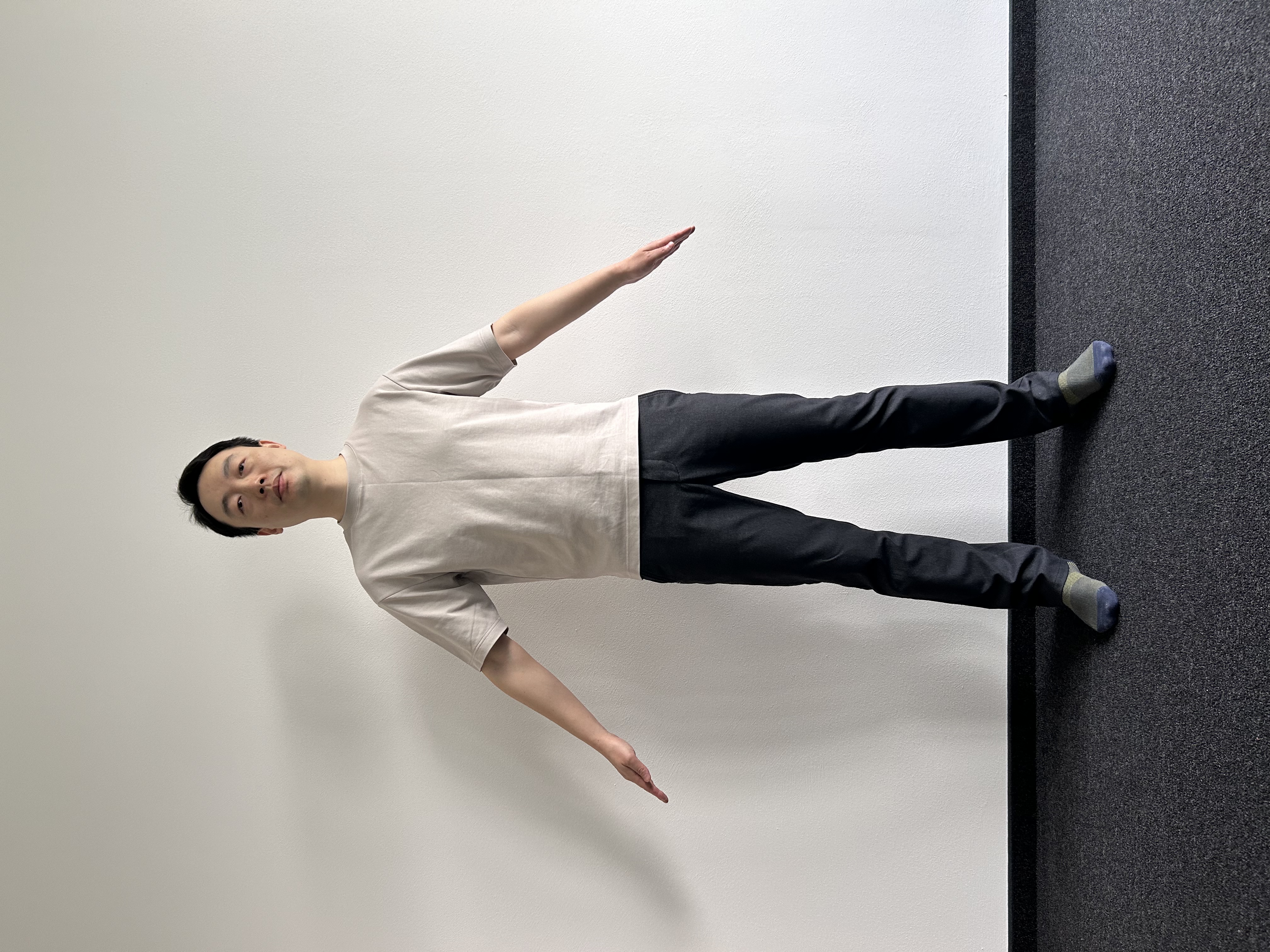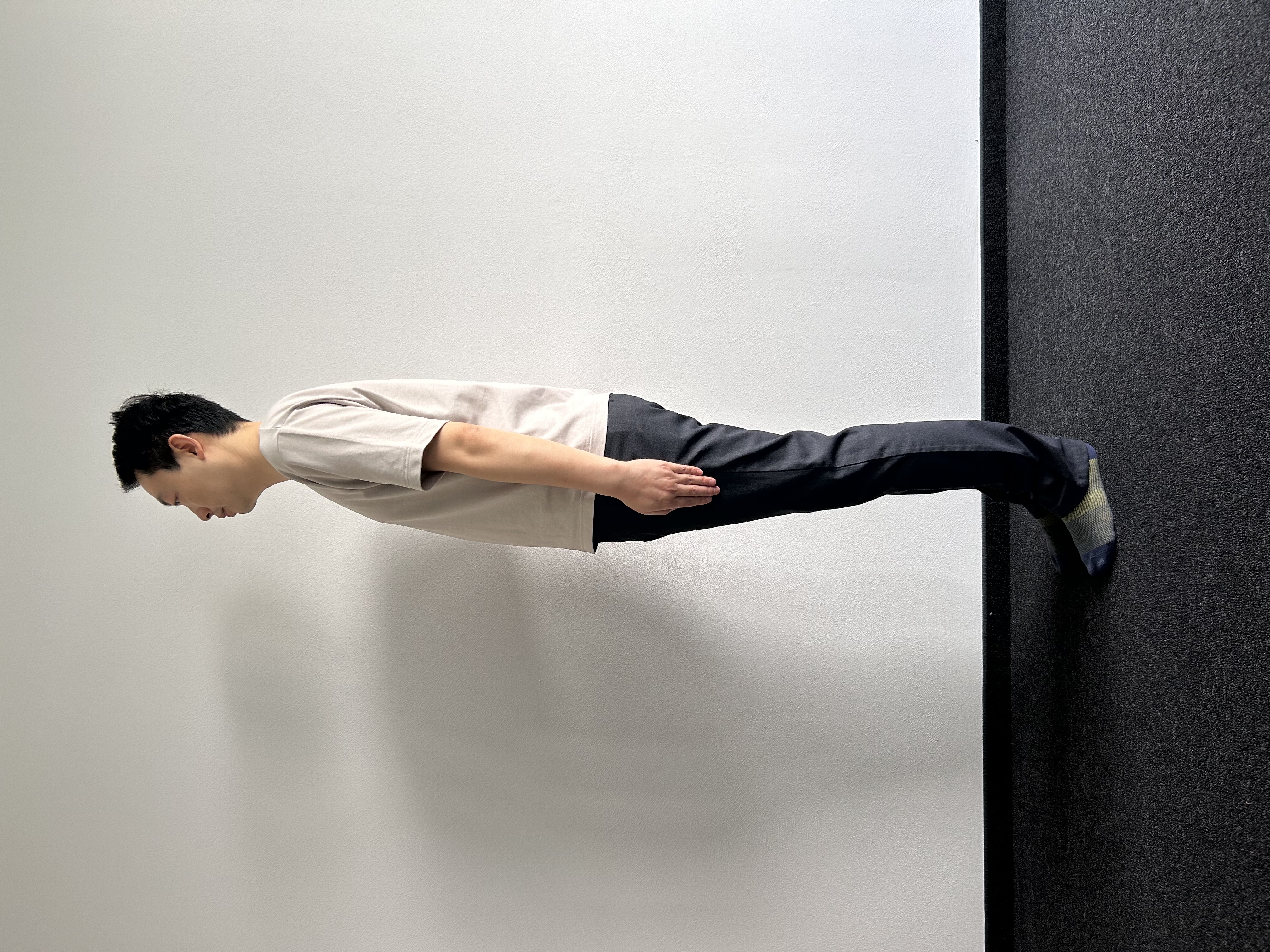Measurement Benchmarking
Introduction
sizeez provides precise body measurements essential for various applications such as apparel sizing, customized clothing, fitness tracking, and more. This documentation offers a thorough overview of the precision evaluation conducted for our body scanning API. It showcases results obtained from both internal controlled tests and real-world scenarios, providing insights into the API's accuracy and reliability.
Internal Controlled Tests
The following tests are carried out with our internal controlled test set, comprising over 2000 test samples. These tests demonstrate the peak performance achievable by our backend deep learning models.
Test 1: Essential Measurements
This test case focuses on the four most commonly required body measurements for size recommendation use cases:
- Chest Girth
- Waist Girth
- Maximum Hip Girth
- Inseam.

The error distribution graph visualizes the distribution of percentage errors in the predicted measurements.
Key insights:
- A significant peak around 0% error indicates precise measurements for a substantial portion of the samples.
- The (almost) symmetric distribution suggests that errors are evenly spread around the mean.
- 96% of all predicted measurements have an absolute error rate lower than 1.5%, highlighting the API's consistency and accuracy.
Test 2: Girth Measurements
This test case focuses on all the 10 girth measurements:
- Neck Girth
- Chest Girth
- Waist Girth
- Maximum Hip Girth
- Upper Arm Girth
- Elbow Girth
- Wrist Girth
- Thigh Girth
- Calf Girth
- Ankle Girth

The error distribution graph visualizes the distribution of percentage errors in the predicted measurements.
Key insights:
- A significant peak around 0% error.
- The (almost) symmetric distribution.
- 97% of all predicted measurements have an absolute error rate lower than 2%.
Test 3: Length Measurements
This test case focuses on all the 6 independent length measurements:
- Across Back Shoulder Width
- Shoulder Length
- Torso Height
- Upper Arm Length
- Lower Arm Length
- Inseam

The error distribution graph visualizes the distribution of percentage errors in the predicted measurements.
Key insights:
- A significant peak around 0% error.
- The (almost) symmetric distribution.
- 96% of all predicted measurements have an absolute error rate lower than 1.5%.
- In general, the length measurements have higher precision than the girth measurements.
Test 4: All Measurements
Finally, this test case covers all the measurements:

The error distribution graph visualizes the distribution of percentage errors in the predicted measurements.
Key insights:
- A significant peak around 0% error.
- The (almost) symmetric distribution.
- 97% of all predicted measurements have an absolute error rate lower than 2%.
Real-World Tests
Below, we present a real-world test case demonstrating the subject taking scans while wearing different kind of outfits. It becomes evident that wearing a skin-tight sport outfit when taking the photo achieves the best scan precision, which is essential for meaningful results.
Test 1: Ideal Conditions: Wearing Skin-Tight Sportswear
In this test, the subject is outfitted in skin-tight sportswear. In both photos, the subject's silhouette is distinctly distinguishable from the background.
The results indicate that the predicted body measurements have an error rate of under 3%, making them more than adequate for size recommendation purposes.



Absolute Percentage Error
Test 2: Casual Dressing Compromises Scan Accuracy
In this test, the subject is dressed in a casual fit T-shirt and pants. While his silhouette is clearly distinguishable from the background, it fails to accurately depict his true body shape.
The test result indicates a higher error rate for the predicted body measurements. To ensure precise scans, casual outfit should be avoided.



Absolute Percentage Error
Key Takeaways
Please consider the following key factors when capturing photos to ensure optimal scan precision:
- Ensure the subject wears skin-tight clothing that truthfully reflects the body shape.
- Verify that the subject's silhouette is visually distinguishable from the background.